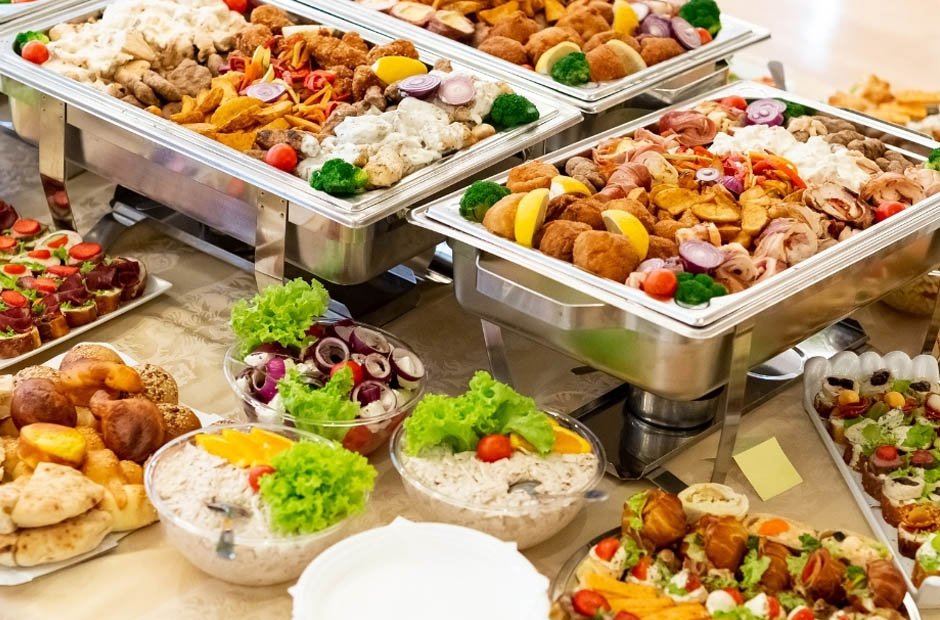Most guests will forget about the venue, the decor, and even the event itself, but they will never forget the food experience they have at the party. So, if you’re hosting a business function at a Melbourne corporate venue or a wedding at a function hall, deciding on a menu should be your top priority. Taste and options, however, aren’t the only considerations.
Refer to Your Guest List
The first step to building a menu that almost everyone will appreciate is to know your guests. Will people appreciate unforgettable seafood dishes, or will they lean more to a good balance of meat and veggies?
- Find out if any of your guests have dietary requirements—gluten-free, vegetarian, and the like.
- Ask if any of them have allergies so that you can provide the appropriate alternatives. While you don’t have to cater to everyone’s needs, you should at least ensure people get to dine with confidence.
- Look for options that everyone can enjoy, allergies and dietary restrictions aside. Even with a diverse set of guests, there’s always a middle ground that you can use as a general preference.
Consider Seasonality
Buying local, seasonal fruit and vegetables ensures the quality and freshness of the ingredients that will be used. It also shows support for local growers and adds a unique touch to your event menu.
- When hosting a winter event, include warm soups and root vegetable-based dishes in your event menu.
- During summer, serve grilled seafood, tropical fruits and fresh salads to your guests.
- Bring in a mix of local artisan produce and cheeses for variety.
- Benefit from a lower-cost menu because seasonal ingredients are cheaper and more readily available.
Match the Menu to the Event Style
Consistency is key for a more cohesive feel to an event. This includes the menu you choose for a specific event.
- A rustic event may feature traditional dishes made with simple ingredients, while a black-tie event will require more sophisticated food options.
- Multi-course plated meals are best for formal dinners, while finger food and canapes are suitable for cocktail parties.
- When hosting a large gathering or a casual event, setting up buffets is a popular choice.
- When it comes to corporate lunches and networking events, food options that are quick and easy to eat are more appropriate.
Offer Variety
A varied menu can accommodate varying preferences and will keep your guests engaged and satisfied.
- Add a variety of appetisers, entrees, and desserts to your menu to provide options for everyone.
- Collaborate with your vendor to create a combination of dishes that will offer your guests a unique gastronomic experience.
- Make sure there’s a balance between rich and light dishes, so all of you can enjoy as much as you want without the heaviness.
Don’t Forget the Drinks Menu
The right pairing can make or break your guests’ culinary experience.
- Consider the type and theme of the event you’re hosting to choose the right beverage to serve. An office party, for example, might need an open bar.
- If you plan to serve wine, make sure it matches the course to be served—seafood and poultry with white wine, for example.
- Unless it’s specified that the event will not serve alcoholic drinks, it’s best to provide a mix of alcoholic and non-alcoholic.
- Consider creating a signature cocktail or drink specific to your event to add a memorable touch.
Choosing the perfect menu is just as important as choosing a venue. Careful thought and consideration should go into the process to make a lasting impression. For more ideas on the best food to serve at your next event, consult Curtis Stone Events.



